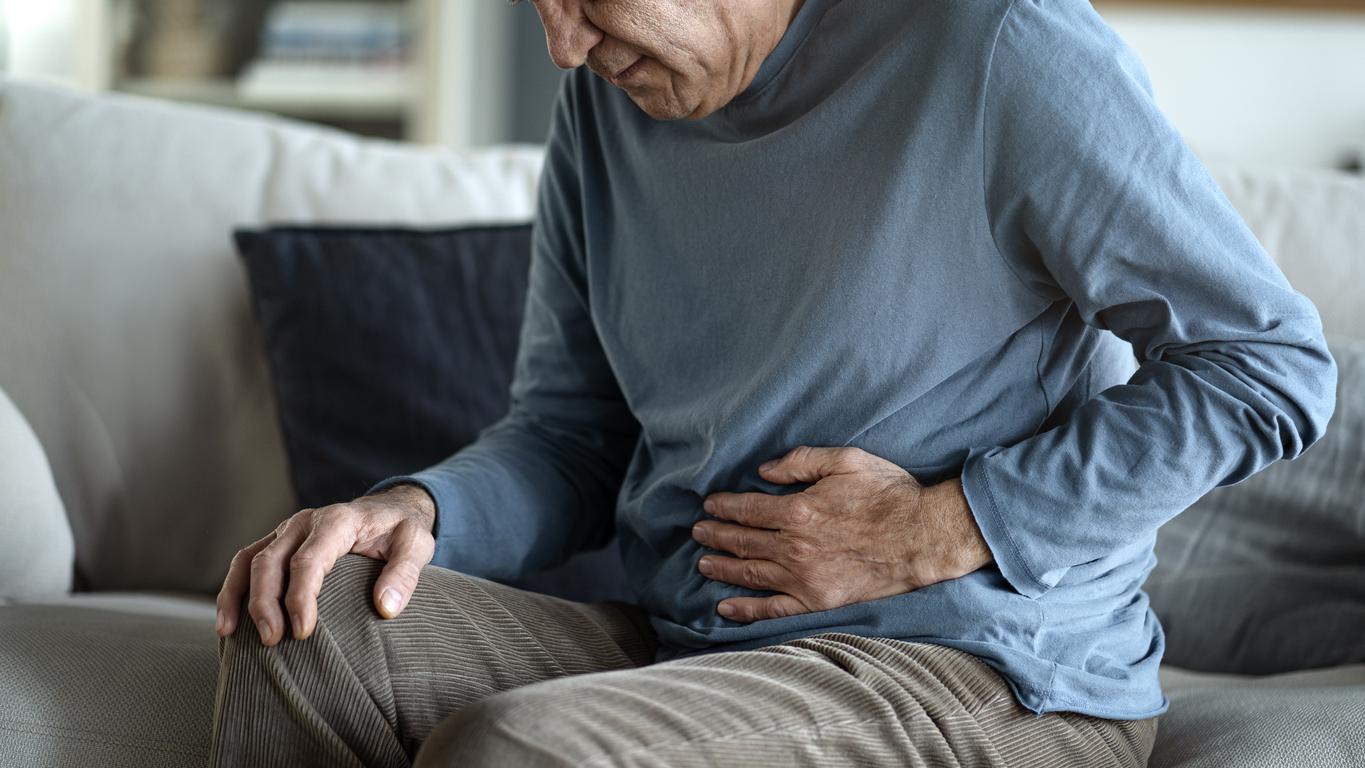In order to limit the risks of contamination with mercury, PCBs and dioxins, the Food Safety Agency (ANSES) has just published recommendations on the consumption of fish. What are the known health risks of these pollutants?

Two servings of fish per week is the maximum now recommended by the Food Safety Agency (Anses). This clarification concerning the ideal frequency of fish consumption is part of a series of advice issued by the agency so that everyone continues to benefit from the nutritional benefits that these foods provide, while limiting the risks of contamination by various pollutants contained in them. waters. The study, carried out last year at the request of the authorities, analyzed the level of contamination of fish with dioxin, organic mercury (MeHg) and polychlorinated biphenyls (PCBs), while taking into account the “beneficial effects on health” of fish. Omega 3 fatty acids mainly found in oily fish.
The health risks of mercury
Mercury (Hg) is an element that is assimilated by living organisms in a toxic chemical form: methylmercury. Mercury and its compounds are one of the ten groups of chemicals of very high public health concern according to theWorld Health Organization. The WHO has therefore identified these products as highly dangerous and considers that additional measures are necessary to prevent their harmful effects on health. Mercury is a substance known to be harmful to humans, and in particular to pregnant women, infants and children. Scientific data has already shown that in the fetus, infant or child, the main health effect of methyl mercury is the appearance of neurodevelopmental disorders. In utero exposure, which may result from the mother’s consumption of fish or shellfish containing methyl mercury, is likely to have adverse effects on the infant’s developing brain and nervous system. Effects on cognition, memory, attention, language, fine motor skills and spatial vision have been observed in children exposed to methyl mercury in their mother’s womb.
The effects of dioxin in the body
Dioxins are environmental pollutants that belong to the group called “dirty dozen”, a dozen dangerous chemicals that are persistent organic pollutants. They are problematic because of their high potential toxicity. Experimentation has shown that they affect a number of organs and systems. Once dioxins enter the body, they remain there for a long time because of their chemical stability and their ability to be absorbed by fatty tissue, in which they are stored. To lose only half of their activity in the body, it takes 7 to 11 years. According to the WHO, dioxins are very toxic and can cause reproductive and developmental problems, damage the immune system, interfere with the hormonal system and cause cancer. Present throughout the environment, all humans have a history of exposure and a certain concentration of these products in the body. Experts believe that normal background exposure should not, on average, have any influence on health. However, due to the potentially high toxicity of this class of products, efforts should still be made to reduce current exposure levels.
And the PCBs …
Polychlorinated biphenyls or PCBs are also a group of synthetic chemicals. Humans are mainly exposed to PCBs through the air, drinking water and of course food, as is the case with some fish. Once absorbed, they pass into the blood vessels and the lymphatic system. The highest concentrations of PCBs are usually found in the liver, fatty tissue, brain and skin. They are also present in the blood. In pregnant women or new mothers, it has been observed that PCBs can pass into the umbilical cord blood, into the placenta as well as into breast milk. These chemicals are classified as probable carcinogens (IARC group 2A). In the current state of knowledge, short-term accidental exposure to PCBs has no serious consequences. In contrast, acute high dose exposure is associated with skin irritation or more serious disorders, some of which are reversible. On the other hand, the chronic effects lead to liver damage, effects on reproduction and growth. On the other hand, a link has already been established between exposure to PCBs and reduced female fertility as well as a decrease in the number of motile spermatozoa in men. Exposure to PCBs during pregnancy and lactation has also previously been associated with slowed growth and development in infants.
.

















